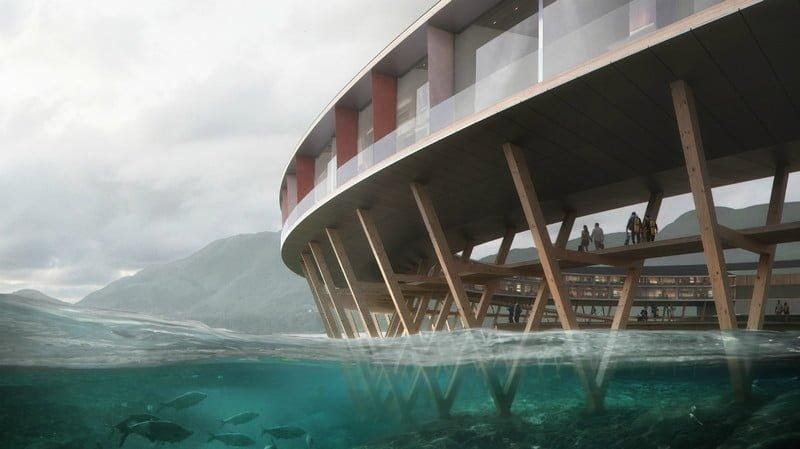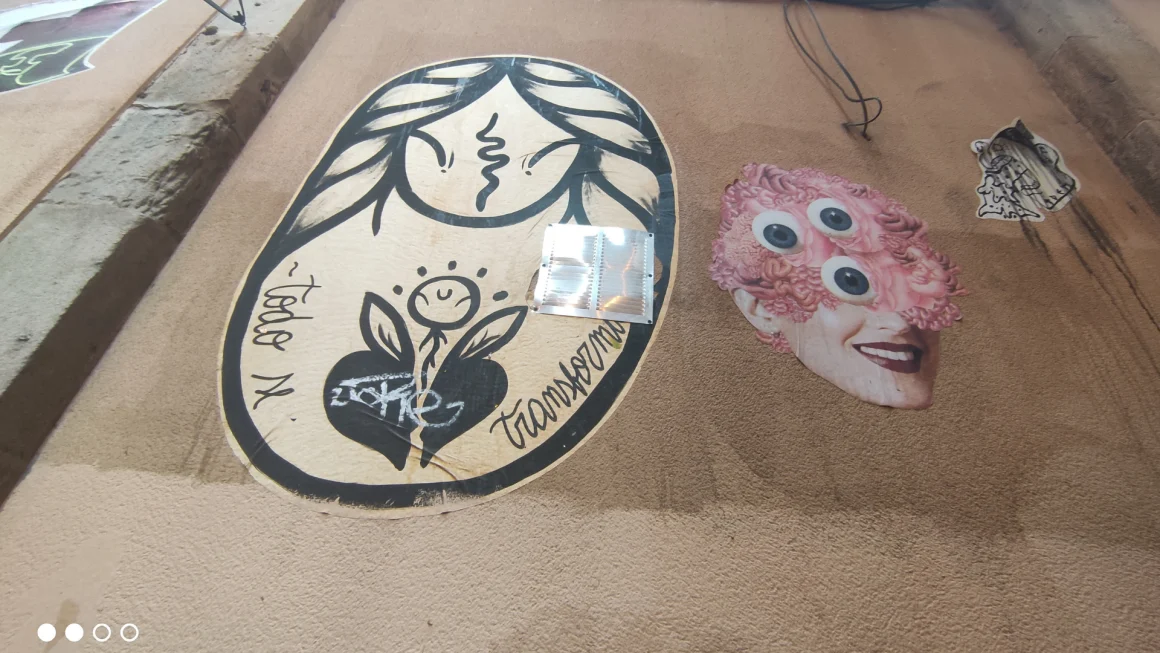The Rise of Hospitality with a Conscious
A story by Aline Krioghlian
Sustainable tourism is not just a rising travel trend, it’s also quickly becoming a priority. With a growing environmental public awareness and consumer interest, the pressure is on the travel and tourism sector to walk the talk.
It seems that hoteliers are stepping up their game; from cardless entries to low-flow toilets and waterless urinals and more and as the craze gains popularity, the hospitality industry has caught up to the green trend. But do they really mean it or are these sustainability efforts are only publicity stunts?
According to data from the United Nations, international tourism is responsible for around 5% of the world’s total CO2 emissions and as the hotel industry expands, its share is increasing.
It takes more than a towel and linen reuse program, or ‘wash upon request’ statements to become a truly sustainable hotel. More often than not, hotels may spend more money on advertising about being green than actually making an effort to be environmentally friendly.
To be genuinely green, the company must see the bigger picture and understand the things to be changed and work towards actually making an effort.
As going green becomes widespread, it will take more than advertising to convince consumers about the true efforts of becoming sustainable. Transparency is becoming more important as travelers seek evidence to see those environmentally friendly claims.
More and more industries are moving towards sustainability realizing the environmental and financial benefits. First, the manufacturing industry, particularly Fast-Moving Consumer Goods (FMCG) creating durable, reusable and valuable packaging for food. Second, the jewelry industry, that is investing more in becoming sustainable even if that means paying more money. Businesses are using lab-grown diamonds and gold recycled from e-waste. Third, the automotive industry such as Tesla and many others are taking innovative steps toward sustainability.
More sustainable innovation is on the way making the hospitality industry a pioneer in being sincerely sustainable.
Set to open in 2021, Svart is a new hotel concept in Norway that is fixed at the base of a glacier in the Arctic Circle. The hotel will be the first of its kind in the world that generates its own energy and the world’s more sustainable hotel.

As that is a big promise to keep, we did a little digging to understand more about this hotel’s efforts to live up to its claims.
Inspired by local coastal building traditions, the hotel has a circular form and is situated at the foot of the Svartisen glacier, standing on wooden poles. Its design comes with a good reason; its circular structure helps maximize the energy from the sun and provides a panoramic view of the fjord and it promises to impress even the pickiest Instagrammer in the world.
Snøhetta, the company responsible for the design of Svart, is making sure to preserve the natural beauty of the site since the hotel is located in such a precious environment that comes with great responsibility.
With a fragile environment such as the Arctic Circle opening up to tourism, it becomes crucial for hospitality businesses around the area to maintain a sustainable tourist destination. Thus, the building’s project is to produce more energy than it uses, leaving minimal impact on its environment.
This concept is a collaboration between Snøhetta, which is known for its bold architectural buildings such as ‘Under’, Europe’s first underwater restaurant, and Powerhouse which is the initiative responsible for buildings that generate more energy than they consume throughout their lifespan.
How can a building be ‘energy-positive’?
The hotel envisions to reduce its yearly energy consumption by 85% compared to other modern hotels and it harvests enough solar energy to cover both the hotel operations and the energy needed to construct the building.
Svart’s roof will be covered with Norwegian solar panels — produced with clean hydro energy to further reduce the carbon footprint and its rooms, restaurants and terraces will be strategically placed so as to exploit the sun’s energy. Terraces will eliminate the need for artificial cooling in the summer, while during winter months thick windows will maximize insulation.
The hotel promises many outdoor activities for future guests, it even characterizes itself as an Arctic adventure destination — classifying itself as an experience provider. It is reachable by boat from the Norwegian city of Bodø. There are plans of creating an energy neutral boat shuttle service from the city to the hotel.
The energy positive hotel is a masterpiece that will take design and sustainability innovation to a whole new level and judging by the hotel’s design, location, activities and sustainability ambitions, it’s likely to quickly make it on the list of hotels you should visit in your lifetime.
The environmental goals of this project are pioneering creativity, making mother nature proud; its designers even believe it could save the planet.
Finally, there’s still significant work to be done to make the hospitality industry a sustainable sector as it is not enough with one hotel trying to do its best to be eco-friendly. It requires an entire industry to take action for a better future by exploring ideas, solutions and strategies to manage operations in a more sustainable way.
This is a story of the Futurist Club
By Science of the Time
Written by: Aline Krioghlian

Aline is a Master’s student specializing in F&B and restaurant management in Barcelona.
Previously a Social Media Content Writer in Dubai, Aline has decided to expand her knowledge and learn more about the hospitality field.
She loves traveling around the world and be open to new experiences that will expose her to new cultures. She’s Lebanese with Armenian origins.
She is passionate about constantly learning new things and exploring trends and creative solutions.
Her hobbies include cooking, photography and board games. When she’s not doing all those, she’s probably trying out a new restaurant.
She loathes speaking about herself in the third person, but can be convinced to do so from time to time. Find her on Instagram





